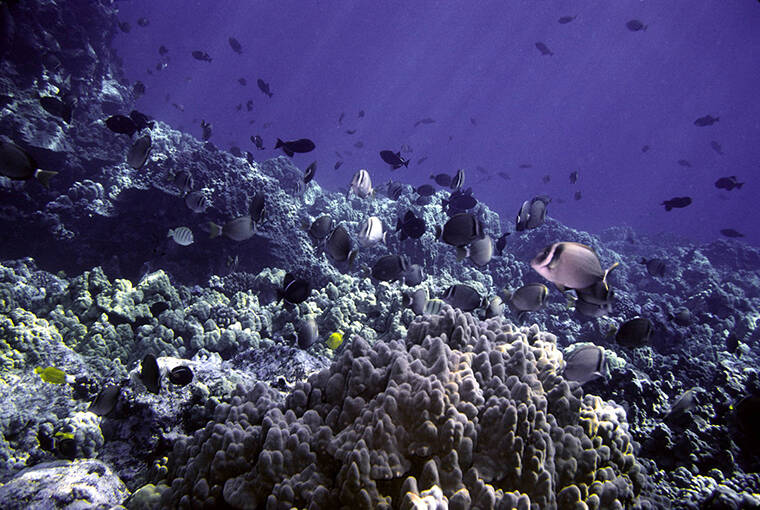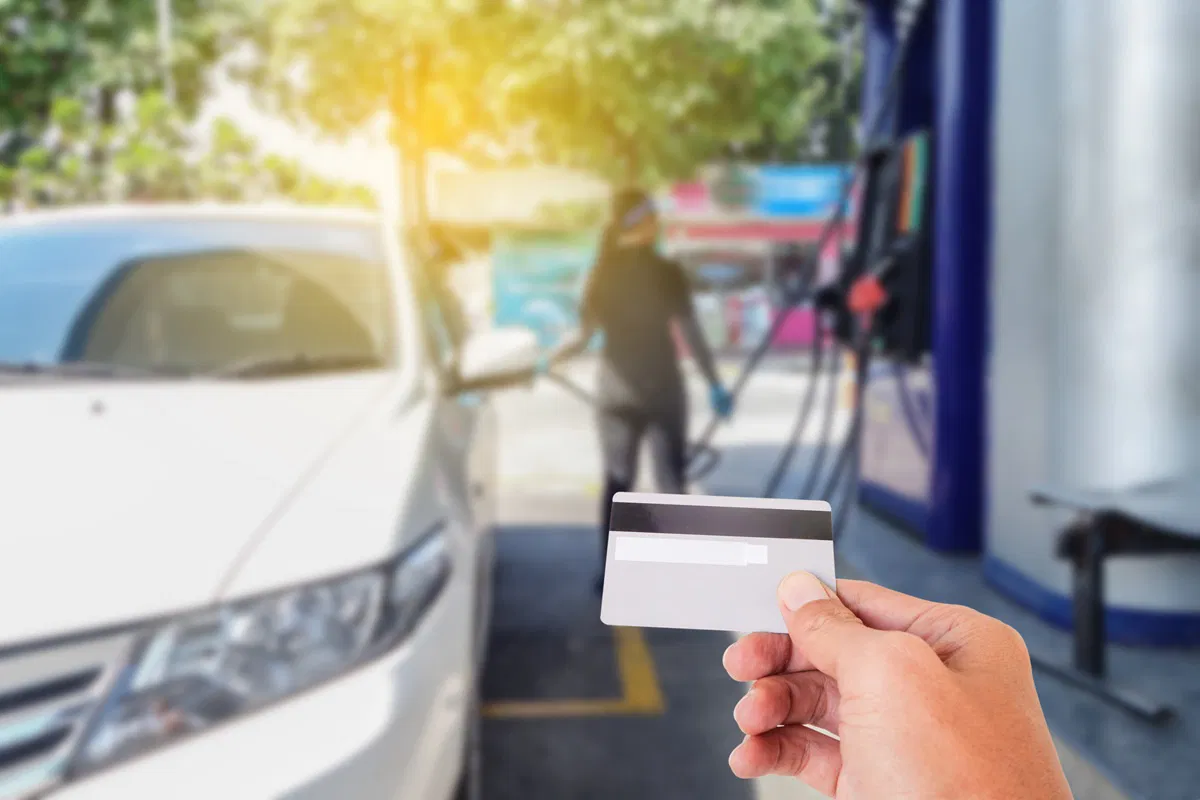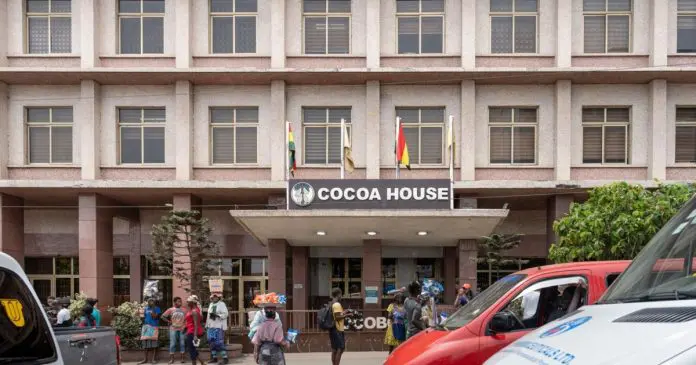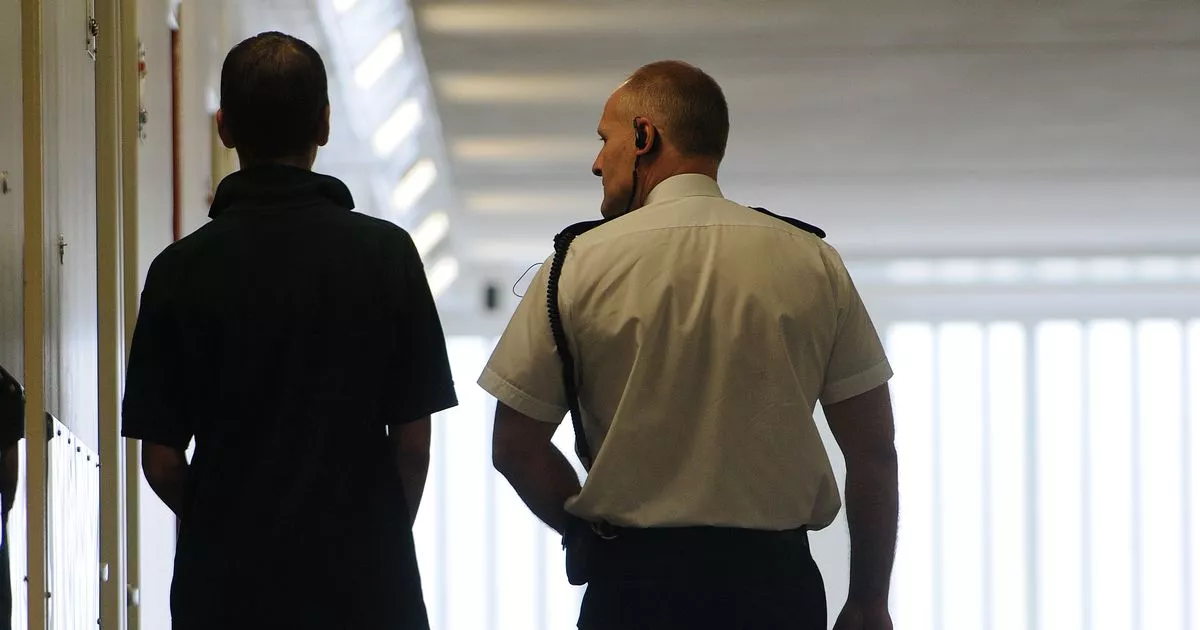By None
Copyright staradvertiser

The deterioration of the world’s coral reefs reflects accelerating effects of global warming, and islanders dependent on the ocean can’t afford to ignore these changes or their causes. To best protect islands from the bad things that can develop from widespread coral die-offs and, in the worst-case scenario, extinction, it’s also urgent that we follow and support the work and research being done in Hawaii and worldwide to prevent loss of our reefs.
At the University of Hawaii, scientists have been testing out methods to support coral survival, with hopeful results and international interest. Another team is tracking patterns and changes in the carbon dioxide absorbed in — “acidifying” — area waters over centuries. And reef protection and coral health are ongoing concerns for the state’s Department of Land and Natural Resources (DLNR).
A prospect of more funding and action to restore damaged reefs has also emerged, as work begins to prioritize spending from the state’s new climate impact fee, which will be added to taxes on hotel room stays starting January. Every possible resource must be explored.
On Wednesday, DLNR hosted a “floating workshop” to explore two very different coral reefs on Maui’s leeward coast: Corals in one spot in North Kihei had been choked with sediment runoff, and at the other, water was clean and the coral vibrant. For state Rep. Terez Amato of Maui, the field trip underscored the importance of funding for preservation by the Legislature.
“Ultimately, we need to bring in more money,” she said. If active steps are to be taken to preserve Hawaii’s reefs, that’s inarguable.
Coral rehabilitation, relocation and resilience have to be urgent concerns for islanders. Hawaii’s coral reefs are an essential part of the cycles that create healthy ocean environments. The corals filter water and maintain water quality, while the reefs formed by coral in and around Hawaii waters over thousands of years form natural barriers that protect coastlines against storm surges and wave action, nurturing marine life.
But these ancient corals have also been extensively damaged by human activity, and warming, chemically changing ocean waters could overwhelm many species.
Researchers with the UH Manoa School of Ocean and Earth Science and Technology (SOEST) used advanced computer models to project how ocean chemistry would change over the 21st century — and learned that shifts this large have not affected Hawaii’s waters for many thousands of years. The extent of the disparity surprised even the scientists.
In other words, the ocean of the future will be a very different — and potentially lethal — environment for coral.
Scientists are taking an all-hands-on-deck approach, with assistance from DLNR: Its aquatic division has found success in “planting” coral grown at the Sand Island-cited Hawaii Coral Restoration Nursery.
Another approach is to combine resources. On Thursday, UH announced it was doing just that, as part of a worldwide network of marine coral nurseries, or “biorepositories” that can serve as a “Noah’s Ark” for coral reefs that might otherwise go extinct. It’s exciting news and advanced science — but at least as tragic as it is hopeful, given that the effort may not have been necessary if global warming’s threats were understood and acted upon decades ago.
Another possibility shown by SOEST research is pulling carbon out of the atmosphere and ending carbon pollution as soon as possible, making changes in the ocean environment less extreme and more gradual. Certain corals can acclimatize to mild changes, and focus is moving to improving chances of survival for these types. However, researchers say continued air pollution and carbon-loading from oil, gas and coal combustion worsen the odds.
The most effective assistance our government can provide is support for action that eliminates carbon pollution, allowing environmental patterns as we now know them to persist for eons longer.



